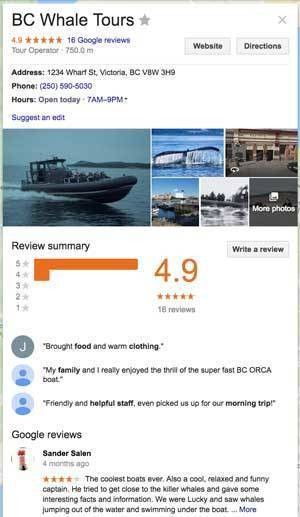Check out this year’s edition of online travel industry trends.
Consumer behavior will always change and evolve with the influence of each generation. The last few decades have seen a surge of technological advances that have caused buying behaviors to change rapidly and unpredictably. Marketing textbooks can barely keep up.
Technology has enabled us to be 24/7 consumers. We can find information about nearly anything at any moment and share every thought and opinion in an instant. We can decide between a variety of channels both offline and online to shop from, and we often switch between these channels to make a purchase.
A buyer’s journey is not linear but complex. We seek product information from our friends, online, stores, and trusted review sources. Then we make the final decision to purchase from where is most convenient: online, on our phones, over the phone, or in store.
Buyer’s control
In the past, “push” marketing or outbound marketing was common practice; marketers told consumers what they needed to buy and from where. Now, because there are so many channels of information available to us, we are often directing our own path to purchase.
Now, marketers are using more “pull”, or inbound marketing techniques which are designed to capture a buyer at different stages along their self-directed path to purchase. This technique draws a customer to a product through content marketing, social media marketing, and search engine optimization (SEO).
Instead of aggressively buying ads and going after leads like in outbound marketing, inbound techniques capture a potential customer along their path to purchase by providing unbiased information (content), building a relationship, and creating trust.
Local search
Searching online is usually the first step in the consumer’s path to purchase. Using local SEO techniques are vital for any business that want customers to find them. Search engines are designed to provide users with the exact information they are looking for. When Ron from Pawnee searches for “steak and egg house” on Google, he isn’t looking for a steak and eggs meal in New York City. He is ready to buy and is looking to find this meal locally.

Because so much information is available online, we use it to make many of our purchase decisions. One of the most efficient ways to be found locally is to claim local listings. Claiming your listings provides search engines with important information such as the business’ location, hours of operation, and industry type. The next easiest thing is to make sure the name of the city, region, or neighborhood your business is located in is found in your website’s content and titles.
61% of local searches end in a purchase.
Purchase reviews
The second stage of a buyer’s path to purchase is usually reading reviews. We trust peer reviews more than politicians and celebrities. So when we make a purchase decision that can have an effect on our lives (or wallet), we tend to turn to these sources. Google released a study in 2014 which showed that the amount of information and reviews a consumer used to make a purchase doubled in the last 3 years.
You can leverage the power that reviews can have for your business by asking your satisfied customers for them.
Mobile shopping
Mobile phones can do pretty much everything a computer can now except it’s with you all of the time. Searching, booking, and shopping are all being done more frequently through a phone rather than a computer. Not only are we using them at any time, but also from anywhere.
This places even more pressure on businesses to have mobile friendly sites, as 62% of people use their phones to make purchases and 80% of consumers have reported leaving a site immediately if it was difficult to view on their phones.
The importance of having a mobile-friendly site is tied in with local SEO. Local mobile searches surpassed computer searches in 2015, meaning that potential customers are searching for your business on their phones while in your area.
Social media
Increasingly, consumers are also using social media over search engines to find information and make purchases. 50% of Americans over 18 years old spend more than an hour on social media every day, and a third of these users report engaging with their favorite brands by reading and sharing their posts. Most tourism and ecommerce websites see nearly 25% of their website’s traffic come through Facebook.
Corporate social responsibility
More and more businesses around the world incorporate charitable giving and socially responsible practices into their business model and processes. Business owners and consumers alike understand that we need to protect our sources (our communities and environments) to do business sustainably. Companies are weaving into their business ways to give back.
90% of consumers worldwide expect a company to be socially responsible. It is becoming increasingly important to consider the triple bottom line in business – People, Planet, Profits. Learn more about how to incorporate social responsibility into your business here.

Personalized experiences
A study by Google followed 3,000 people’s paths to purchase and found that all 3,000 were completely different. Consumers are demanding a personalized guest experience when they connect with brands. Think about the importance of having a human respond to positive and negative reviews – they’re personalized. Or how an ecommerce giant like Amazon personalizes the shopping experience by suggesting more products the user may like based on past and current items in their shopping cart.
Understanding how consumer behavior changes over time and adopting the right marketing approach can help you reach your customers when they are ready to buy.

The State of Mobile Bookings for Tours & Activities
Download this report to learn how mobile usage impacts in-destination bookings.



